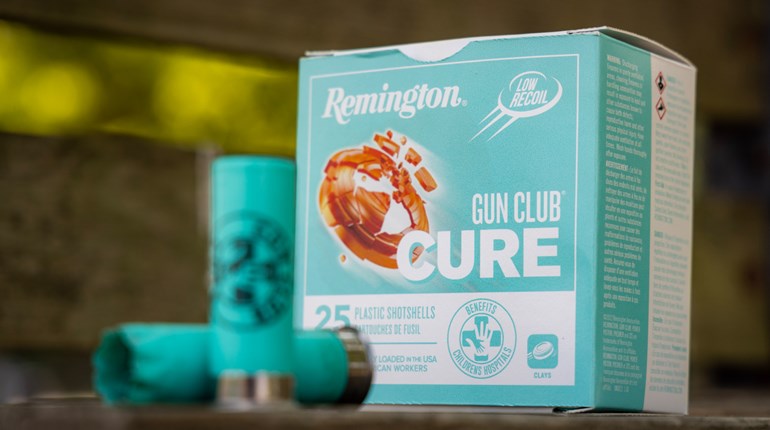
With ammunition being in extremely short supply these days, I have resorted to sourcing ammo anywhere I can. Recently, a friend of mine—who is the rangemaster at a range used by law enforcement and military personnel as well as limited civilian groups—offered me a large container of random, loose handgun ammunition. This consisted of cartridges picked up off the floor of ranges; these are cartridges that were dropped, did not fire or were otherwise not shot and put in the container for disposal. The ammunition on top was fairly clean and could be wiped off and fired. As I dug deeper into the container, however, rounds were noticeably dirtier with range residue, corrosion and an unknown substance that was sticky like molasses. Although I could clean each cartridge individually, I was considering using a pan of detergent and water to speed up the process. Would this damage or cause the ammunition not to fire if I let it soak overnight to remove the foreign material? Is there a cleaner that might be better for this undertaking? What would you recommend in this situation?
Alex Ski, Ayer, MA
The good news is that you have ammunition to shoot and practice with, which is far better than many who cannot locate and/or afford ammunition now.
There are several areas to consider when digging into your ammunition container. Realize that every cartridge in the container was rejected or considered unusable for one reason or another. Sometimes, particularly with some large law-enforcement agencies, ammunition that has been carried for a specified period of time is rotated out and replaced with fresh ammunition.
Another reason might be that the cartridge failed to fire when the trigger was pulled and was subsequently extracted and ejected manually in an attempt to keep firing with a minimum of interruption. This could be because of a defective cartridge, a dirty gun or poor handling and shooting techniques on the part of the shooter, among other things.
Live ammunition is sometimes inadvertently dropped during a training event, and if not immediately picked up, is left for clean up at the end of the session. At that point, it is an unknown entity and will join other ammunition in the “dud can.”
In the grand scheme of things, every cartridge in the container should be considered as practice ammunition at best because of its unknown past. Each round coming from such a container must be inspected individually to validate its caliber and condition. Having a cloth to wipe off the dust and debris while visually and physically inspecting the cartridge for defects often is sufficient to categorize that round as ready to use. A cartridge gauge is handy to help with the inspection, and a spare barrel separate from the gun to perform a chamber check is an excellent field expedient in validating the ammunition’s usability. Ammunition that fails this test can generally be separated into two different categories.
Most often used is the “disassemble for salvage of components for reloading” category. Typically, these rounds come from indented primers that failed to fire the cartridge, damaged or dented cartridge cases and bullets that are loose, damaged or unseated from their original position in the cartridge case. The salvage effort is often a judgment call as to whether it is worth the effort just to save a case or projectile.
The other category encompasses cartridges that have light corrosion or unknown substances adorning their exterior, making them immediately unusable but—with a little work—could be cleaned and possibly fired.
This category has a great deal of variability and perhaps should be left until the options of usable ammunition become more limited.
High-quality service ammunition from most manufacturers has its primers and projectiles sealed in the cartridge cases to protect against contamination of the powder and priming mixture. Low-cost training ammunition may not have those features as a cost-saving effort because the use parameters are different from service ammunition. Chemical cleaners, especially household cleaners that are designed to penetrate and cut grease or lift stains are likely to penetrate unsealed cartridges almost immediately. It may take a little longer to defeat the sealed cartridges, but rest assured, it will eventually render the cartridge inert. Letting ammunition soak overnight in detergent or any other household cleaner is just not a good idea.
Unfortunately, when you have a windfall of unknown ammunition, the best way to achieve the quickest and best results is to clean, inspect and categorize each round individually.





































